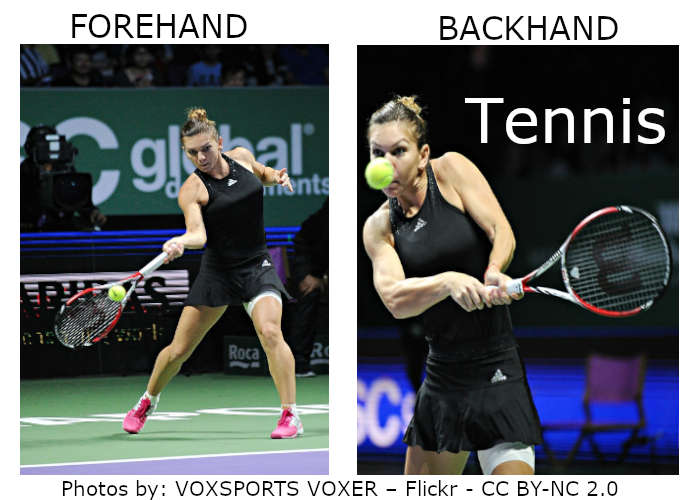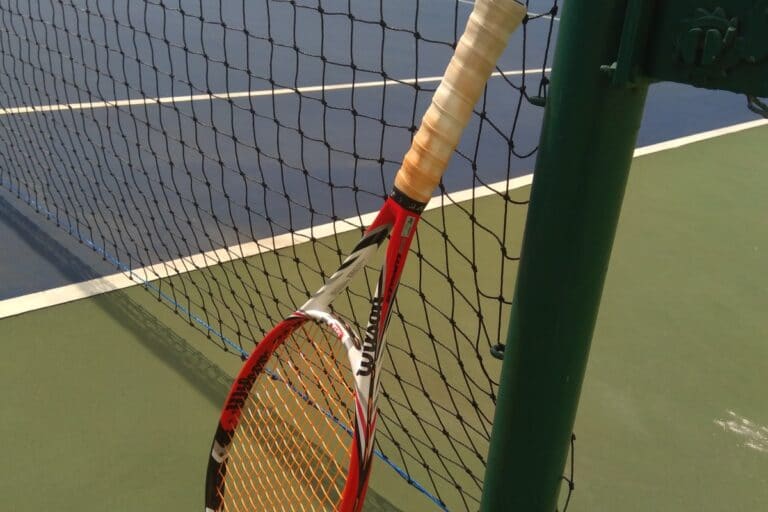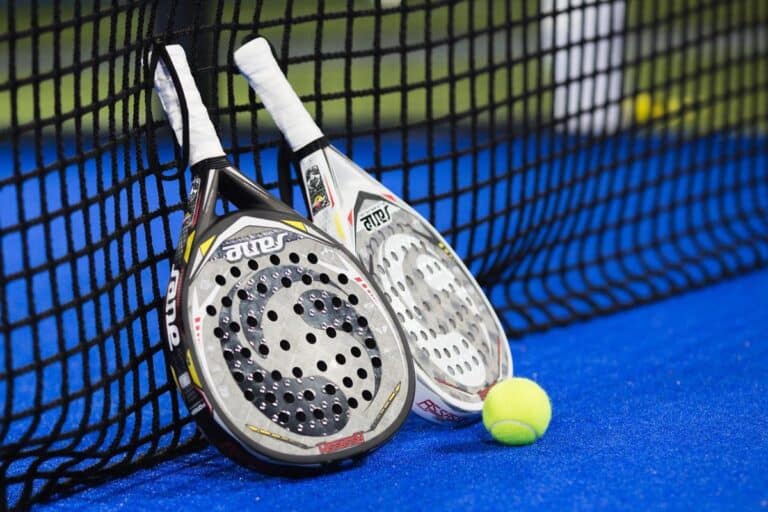Know The Difference Between Forehand and Backhand
Regardless of whether you are left-handed, right-handed or ambidextrous, the concept of Forehand and Backhand is the same.
In racquet games the Forehand is when you use your dominant hand to strike the ball and the palm of your hand is pointing to the ball on contact, the Backhand occurs when the palm of your dominant hand is facing the opposite side of the ball at the time of contact.
In this case, the dominant hand is always the one that holds the racket, it is the same for the hand that holds the pencil when you are writing.
The principle is this, but for each racquet sport there are some important details to be considered in the nomenclatures.
Differences Between Forehand and Backhand in Badminton
In Badminton when you strike the shuttlecock with the dominant palm towards the shuttlecock is a Forehand and when the palm of your dominant hand is facing the opposite side is a Backhand.
Usually, when the point of contact between the shuttlecock and racket is far above the head, the name given to the stroke is Overhead Forehand and Overhead Backhand, when the point of contact is below the head it is known as Underarm Forehand and Underarm Backhand.

In Badminton, Forehand Smash is when the player attacks the shuttlecock overhead, when the players execute this attack on the air is called Forehand Jump Smash of simple Jump Smash.
Differences Between Forehand and Backhand in Table Tennis
For Table Tennis the Forehand is when you strike the ball with your dominant palm pointing to the ball and the Backhand is the other way around, the palm will be pointed at you and not at the ball.
The Forehand Drive and Backhand Drive in Table Tennis is the name given to the stroke that produces a topspin effect on the ball where it rotates from top to bottom.
In Table Tennis is known as Forehand Push and Backhand Push when the player hit causes the ball to spin from the bottom up in an effect called backspin.

The Forehand Flip or Forehand Flick in Table Tennis is when the player attacks a short ball using the Forehand.
Forehand Loop in Table Tennis is when the player puts topspin on the ball, he hits the ball from bottom up. It is also known as Forehand Topspin.
Differences Between Forehand and Backhand in Tennis
The Forehand in Tennis is when the palm of your dominant hand is pointed at the ball in contact and the Backhand is when the dominant palm is pointed at you in contact with the ball.

The Backhand in Tennis is one of the most difficult techniques to master, most have a lot of difficulty in performing this stroke with excellence.
In the language of Tennis, it is common to identify the Forehand and the Backhand as groundstrokes, at the baseline the player waits for the ball to bounce one time on the court before send it back to the adversary.
In Tennis, is not called just Forehand and Backhand when there is a backspin effect on the ball, when the tennis player on the baseline strikes the ball after one bounce and the ball spin from the bottom up, it is called Slice Forehand, a Slice Backhand or simple Slice.
Interestingly, the Slice is a technique that has become practically a style of playing for many recreational Tennis players.
Some players always use the Slice Backhand to send the ball low and more difficult for the adversary, normally those players don’t have a good Backhand and likes to use just the Slice.
Another stroke commonly used in Tennis is the Forehand Drop Shot and the Backhand Drop Shot.
The Forehand Drop Shot occurs when the player uses the Forehand to strike the ball short on the adversary side, the ball falls close to the net, inside the service box.
The Backhand Drop Shot occurs when the player uses the Backhand side to send the ball short on the other side of the net inside the service box.
Forehand and Backhand down the line in Tennis. Is when the player sends the ball in front of himself or herself, more or less parallel and away from the center of the adversary side.
A Forehand inside out in Tennis is when the player, using the Forehand, sends the ball on the adversary court and after the bounce the balls flies away from the court.
In Tennis, a Forehand inside in is when the player hits a Forehand down the line when he or her is positioned on the side of backhand.
The Backhand inside out in Tennis is when the player hits a Backhand down the line, but the ball flies to the side, away from the court.
In Tennis, the Backhand inside in is when the player hits a Backhand down the line, but the ball doesn’t fly away to the side of the court.
A Forehand Volley in Tennis is when the player hits a ball with a Forehand before it bounces in the court.
The Backhand Volley in Tennis is when you hit a Backhand before the ball bounces on the court.
Two-handed Backhand and Forehand in Tennis
Unlike some racquet sports, in Tennis, players like to use two hands to hold the racket to strike the ball when executing the Backhand.
There is the two-handed Backhand and the two-handed Forehand, the first is very popular, is known as the most used Backhand for all Tennis players, the two-handed Forehand is rare to find, but it exists and is a stroke that can be executed.
The two hands help with stability and power, but reduces your ability to reach the ball that is far away from you.



